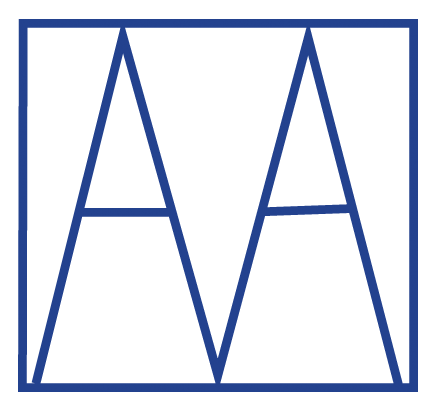

 |
SMI 2012 Shape Modeling International 2012 May 22-25 2012 College Station, Texas, USA
|
 |
|
KEYNOTE SPEAKERS | |||
|
Helmut Pottmann Freeform Architecture and Fabrication-Aware Design Freeform surfaces play an increasingly important role in contemporary architec- ture. While digital models are easily created, the actual fabrication and construc- tion of architectural freeform structures remains a challenge. In order to make a freeform design realizable, one usually applies an optimization process known as rationalization. This means its decomposition into smaller parts, thereby meeting two competing objectives: feasibility, and consistency with the designer's inten- tions. A rationalized design is the output of a possibly very complicated nonlinear optimization, and it is very hard to make changes to such a highly constrained geometric model. The speaker will report on recent progress in unifying the two traditionally separate phases in freeform architecture, namely (i) shape design and (ii) ratio- nalization in view of the actual fabrication. In particular, we will discuss direct design methods for constrained meshes and related architectural structures, design space exploration based on local approximations of constraint manifolds and the design of structures in static equilibrium. |
Greg N. Frederickson Beyond Swinging: Hinged Dissections that Twist or Fold A geometric dissection is a cutting of a geometric figure into pieces that can be rearranged to form another figure. Some dissections can be connected with hinges so that the pieces form one figure when swung one way on the hinges, and form the other figure when swung another way. In addition to using "swing hinges", which allow rotation in the plane, we can use "twist hinges", which allow one piece to be flipped over relative to another piece via rotation by 180 degrees through a third dimension. Furthermore, we can use "fold hinges", which allow rotation along a shared edge, a motion that is akin to folding. This talk will introduce a variety of twist-hinged and fold-hinged dissections of regular polygons and stars, and other figures such as polyominoes. The emphasis will be on both appreciating and understanding these fascinating mathematical recreations. I will employ algorithmic and tessellation-based techniques, as well as symmetry and other geometric properties, to design the dissections. The goal will be to minimize the number of pieces, subject to the dissection being suitably hinged. Animations and video will be used to demonstrate the hinged dissections, in addition to actual physical models. |
Carlo H. Séquin The Design and Realization of Large-Scale Free-Form Sculptures Two new sculptures conceived and designed by Brent Collins and Carlo Séquin are currently in their final phase of fabrication and were scheduled to be installed at the beginning of May 2012 in a Science Building at Missouri Western State University. Fabrication problems encountered in these sculptures prompt this review of various issues one may encounter when taking a small sculpture model and scaling it up to a larger-than-human dimensions.
This talk will review the design and realization
processes for a few large-scale sculptures based on Collins' geometrical inspirations, involving materials that include:
compressed snow, translucent epoxy, cast bronze, and carved granite. | .. |
|
In Co-operation
|

|

|

|
The Bridges Organization: Art and Mathematics |

|
ISAMA: The international Society of the Arts, Mathematics and Architecture |
|
Sponsored by |
Texas A&M University College of Architecture |
Texas A&M University Visualization Department |
Texas A&M University Computer Science Department |
| College Station Photo Credit: Salih Yurttas,
Designed by Ergun Akleman - Last modified Oct. 16, 2011 |